When we were in Oaxaca we mentioned to someone that we were heading up to the Yucatan and that we would go to Chichen Itza, the famous Mayan Ruins. His reply was 'Oh are you going for the Spring Equinox?'. Um, no.....when/what's that??
There are two equinoxes every year, when the sun shines directly on the equator and the length of day and night is supposed to be exactly the same (ie: 12 hours) – in March and September. In the Northern Hemisphere the March Equinox marks the start of Spring and has long been a time of celebration for cultures all over the world, including the Mayans. It always occurs on either March 19, 20 or 21st. The word 'equinox' comes from Latin and means 'equal night' but even though this is widely accepted in reality equinoxes don't actually have exactly 12 hours of daylight.
Our original plan was that we would skip Chichen Itza until we returned from Cuba to give ourselves a bit more time to see the other sights between Oaxaca and Cancun but since its only a twice yearly event, and apparently a pretty big deal we jiggled our plans around to be there.
The main pyramid – also known as El Castillo – has four staircases running from the top to the bottom of the pyramid's faces, and is notorious for the bloody human sacrifices that used to take place there. The staircases were built at a carefully calculated angle which according to our googling supposedly makes it look like an enormous snake of sunlight slithers down the stairs at the precise moment of the equinox. This year equinox was on March 20, at 11:02am.
There are two equinoxes every year, when the sun shines directly on the equator and the length of day and night is supposed to be exactly the same (ie: 12 hours) – in March and September. In the Northern Hemisphere the March Equinox marks the start of Spring and has long been a time of celebration for cultures all over the world, including the Mayans. It always occurs on either March 19, 20 or 21st. The word 'equinox' comes from Latin and means 'equal night' but even though this is widely accepted in reality equinoxes don't actually have exactly 12 hours of daylight.
Our original plan was that we would skip Chichen Itza until we returned from Cuba to give ourselves a bit more time to see the other sights between Oaxaca and Cancun but since its only a twice yearly event, and apparently a pretty big deal we jiggled our plans around to be there.
The main pyramid – also known as El Castillo – has four staircases running from the top to the bottom of the pyramid's faces, and is notorious for the bloody human sacrifices that used to take place there. The staircases were built at a carefully calculated angle which according to our googling supposedly makes it look like an enormous snake of sunlight slithers down the stairs at the precise moment of the equinox. This year equinox was on March 20, at 11:02am.
There are only a couple of public buses a day to Chichen Itza from Merida, as the majority of people go on organised tours from Cancun, so we were up early to ensure that we arrived in time for the equinox at 11am. We had read that thousands of people pilgrimage from around the world to be there for the exact moment so we were a bit surprised when sitting close to the pyramid at 10.45 that there were only a few people milling around. Unfortunately google is not always accurate as we got talking to an Aussie couple who said the snake doesn't actually appear until the sun starts setting, usually around 4/4.30pm. Right when our bus to Cancun is due to leave. Bugger. Ah well!
After a breakfast of pawpaw and lime under the trees we used the extra time we had gained as an opportunity to leisurely explore the sight. Chichen Itza was started around 400 AD and was described by lonely planet as jaw dropping for even the most jaded traveller, however we both agreed that the jungle setting of Palenque and the mountain top of Monte Alban were both more impressive. The fact that both of the other sites allow you to climb the structures gives you a much better understanding and appreciation of the culture, and the fact that they are less touristy means you are really able to soak up the history, without being bombarded by the touts selling trinkets and overwhelmed by the massive tour groups diligently following their leaders flag like sheep with no regard to other people on the path.
Visiting the cenote at the bottom of the site we made friends with a significantly sized Iquana over lunch. We had learnt from our guide to the Cuzama Cenotes that Iguanas are vegetarians and so when one walked on by we offered him a bit of tomatoe. Initially hesitant but following the gingerbread tomatoe trail we laid out he slowly got more courageous and before we knew it the cheeky bugger was right up next to me snatching away the rest of the tomatoe. It was pretty funny aferwards watching him try to guzzle it down, much too big for his mouth but he was determined not to let it go unless we took it away from him!
After a breakfast of pawpaw and lime under the trees we used the extra time we had gained as an opportunity to leisurely explore the sight. Chichen Itza was started around 400 AD and was described by lonely planet as jaw dropping for even the most jaded traveller, however we both agreed that the jungle setting of Palenque and the mountain top of Monte Alban were both more impressive. The fact that both of the other sites allow you to climb the structures gives you a much better understanding and appreciation of the culture, and the fact that they are less touristy means you are really able to soak up the history, without being bombarded by the touts selling trinkets and overwhelmed by the massive tour groups diligently following their leaders flag like sheep with no regard to other people on the path.
Visiting the cenote at the bottom of the site we made friends with a significantly sized Iquana over lunch. We had learnt from our guide to the Cuzama Cenotes that Iguanas are vegetarians and so when one walked on by we offered him a bit of tomatoe. Initially hesitant but following the gingerbread tomatoe trail we laid out he slowly got more courageous and before we knew it the cheeky bugger was right up next to me snatching away the rest of the tomatoe. It was pretty funny aferwards watching him try to guzzle it down, much too big for his mouth but he was determined not to let it go unless we took it away from him!
Walking the gauntlet of trinket vendors back up to the main part of the site we ended up having a cool conversation with one of them who, once he realised we werent the a-typical rich american tourist who visits the site (and that we weren't going to buy any of his stuff), was happy to chat with us and let us practice our spanish and him his english. It made me feel really lazy though as he was self taught and his english was a million times better than our spanish!
After a siesta under the trees we headed to the centre of the site to check out the ball court. Mayan sports included a game similar to soccer except that instead of using their feet (it is believed) they had to hit the ball with their elbows, hips, knees and stomachs through a very small hoop high up on the side wall of the court. The enormous Chichen-Itza court where this game was played is the largest ever found and is lined with fascinating carvings that display the rules and details of the sacred game. One carving even shows the captain of the losing game being beheaded!
Heading back to El Castillo we met up with the Australians we had met earlier in the day to watch the snake appear. Evesdropping on a nearby guide it was pretty cool to learn that the pyramid is also a calendar with its four sides containing 365 steps (depicting the solar year), 52 panels (for each year in the Mayan century as well as each week in the solar year) and 18 terraces (for the 18 months in the religious year). As the sun began to set and the snake began to appear on the side I have to confess a certain amount of disapointment. While it is cool that the shadows do form somewhat of a representation of a snakes body which does meet up with the stone serpent head at the bottom it takes a certain amount of imagination to see the snake 'slithering'. Half an hour later and its certainly the slowest snake I've ever seen. But to be fair, just as 21st century movie graphics have come a long way since the 80's the Mayans didnt have stephen spielberg or weta workshop so perhaps this was the peak technology of the time. Not sure I'd bother to make a special trip for it again though. Lonely Planet did get one thing right however - you only need 3 hours to see the sight.
Waiting in line for our bus to Cancun we were approached by a friendly american who wanted to know whether we were 'backpackers'. Admitting that yes we were, she go really excited and wanted to know 'how we do that'. We gave her a few tips before she took our photo making us feel a little bit like rockstars haha.
Next stop: Cuba (via Cancun)
After a siesta under the trees we headed to the centre of the site to check out the ball court. Mayan sports included a game similar to soccer except that instead of using their feet (it is believed) they had to hit the ball with their elbows, hips, knees and stomachs through a very small hoop high up on the side wall of the court. The enormous Chichen-Itza court where this game was played is the largest ever found and is lined with fascinating carvings that display the rules and details of the sacred game. One carving even shows the captain of the losing game being beheaded!
Heading back to El Castillo we met up with the Australians we had met earlier in the day to watch the snake appear. Evesdropping on a nearby guide it was pretty cool to learn that the pyramid is also a calendar with its four sides containing 365 steps (depicting the solar year), 52 panels (for each year in the Mayan century as well as each week in the solar year) and 18 terraces (for the 18 months in the religious year). As the sun began to set and the snake began to appear on the side I have to confess a certain amount of disapointment. While it is cool that the shadows do form somewhat of a representation of a snakes body which does meet up with the stone serpent head at the bottom it takes a certain amount of imagination to see the snake 'slithering'. Half an hour later and its certainly the slowest snake I've ever seen. But to be fair, just as 21st century movie graphics have come a long way since the 80's the Mayans didnt have stephen spielberg or weta workshop so perhaps this was the peak technology of the time. Not sure I'd bother to make a special trip for it again though. Lonely Planet did get one thing right however - you only need 3 hours to see the sight.
Waiting in line for our bus to Cancun we were approached by a friendly american who wanted to know whether we were 'backpackers'. Admitting that yes we were, she go really excited and wanted to know 'how we do that'. We gave her a few tips before she took our photo making us feel a little bit like rockstars haha.
Next stop: Cuba (via Cancun)
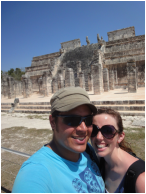
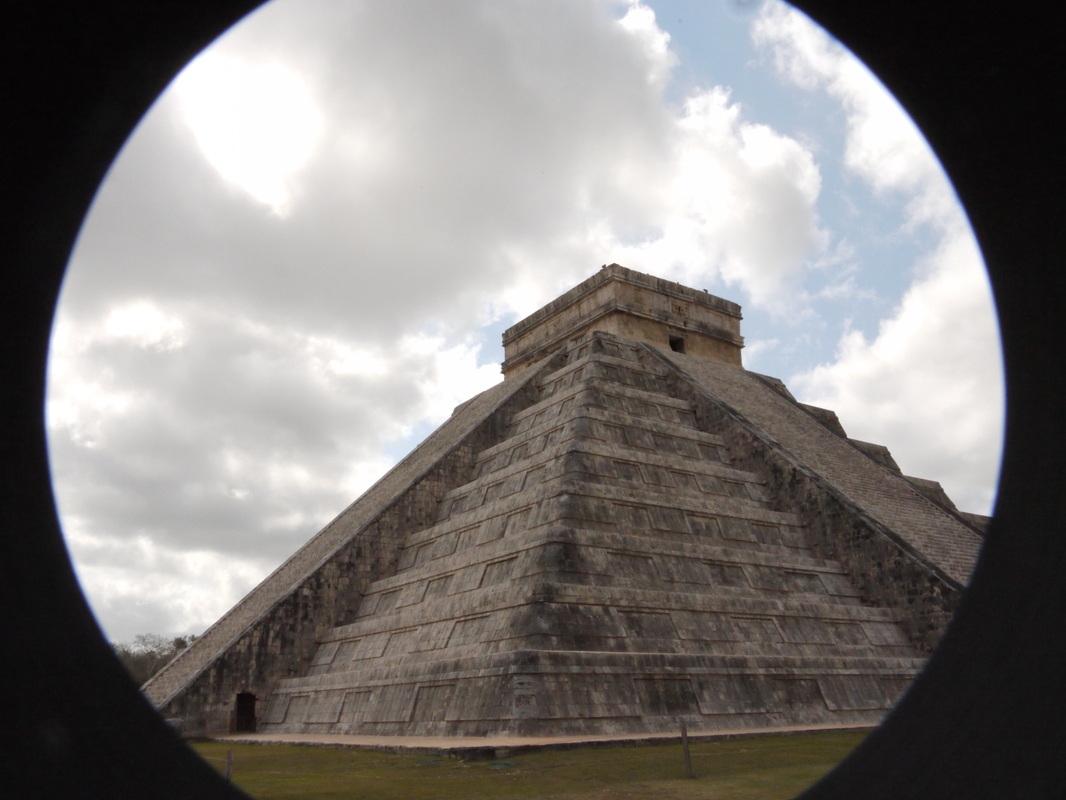
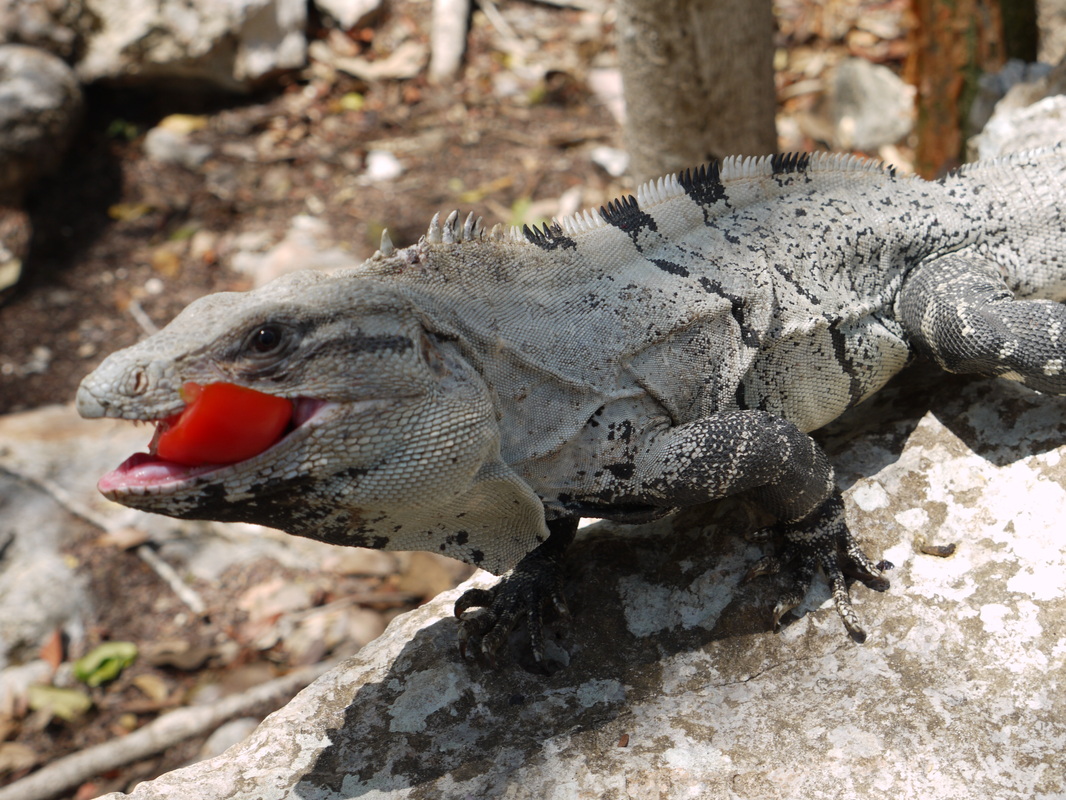
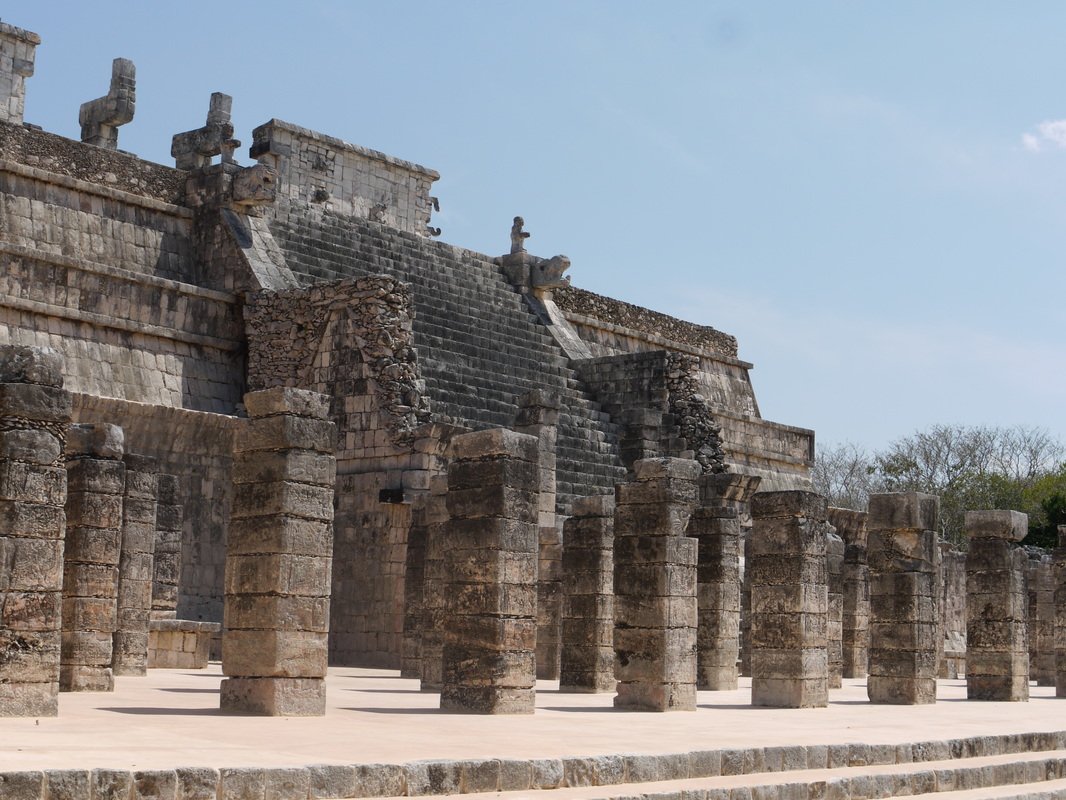
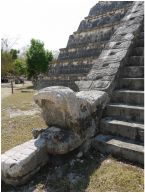
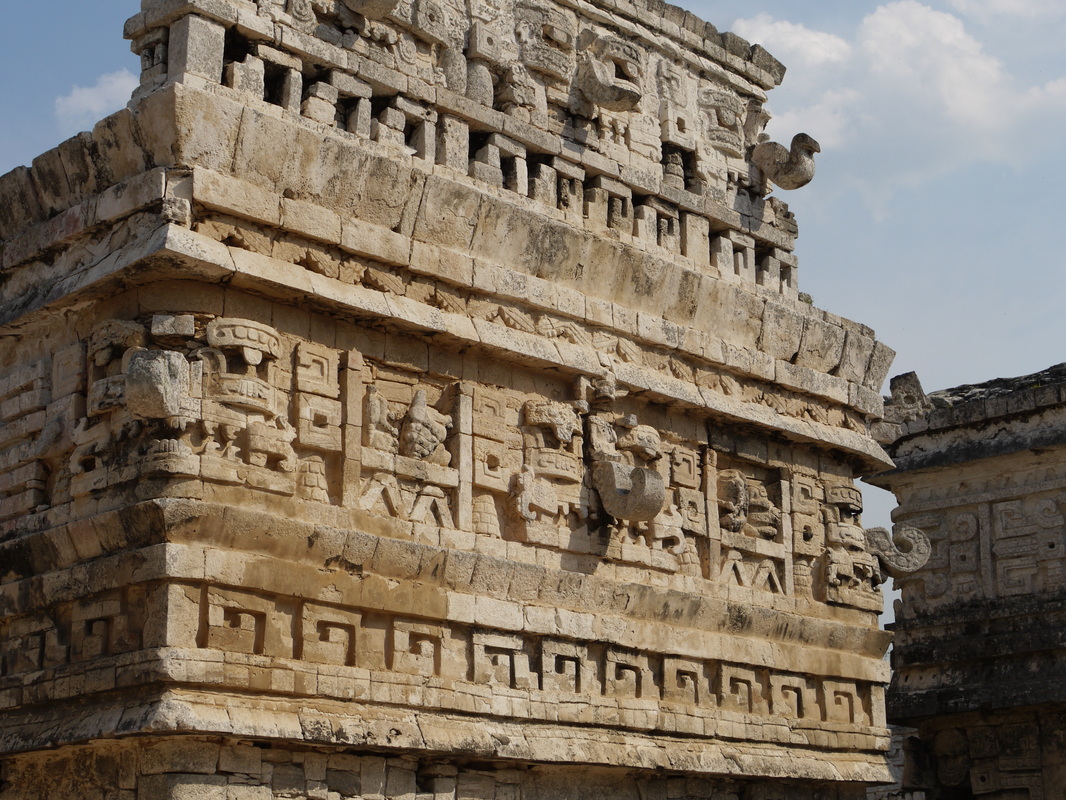

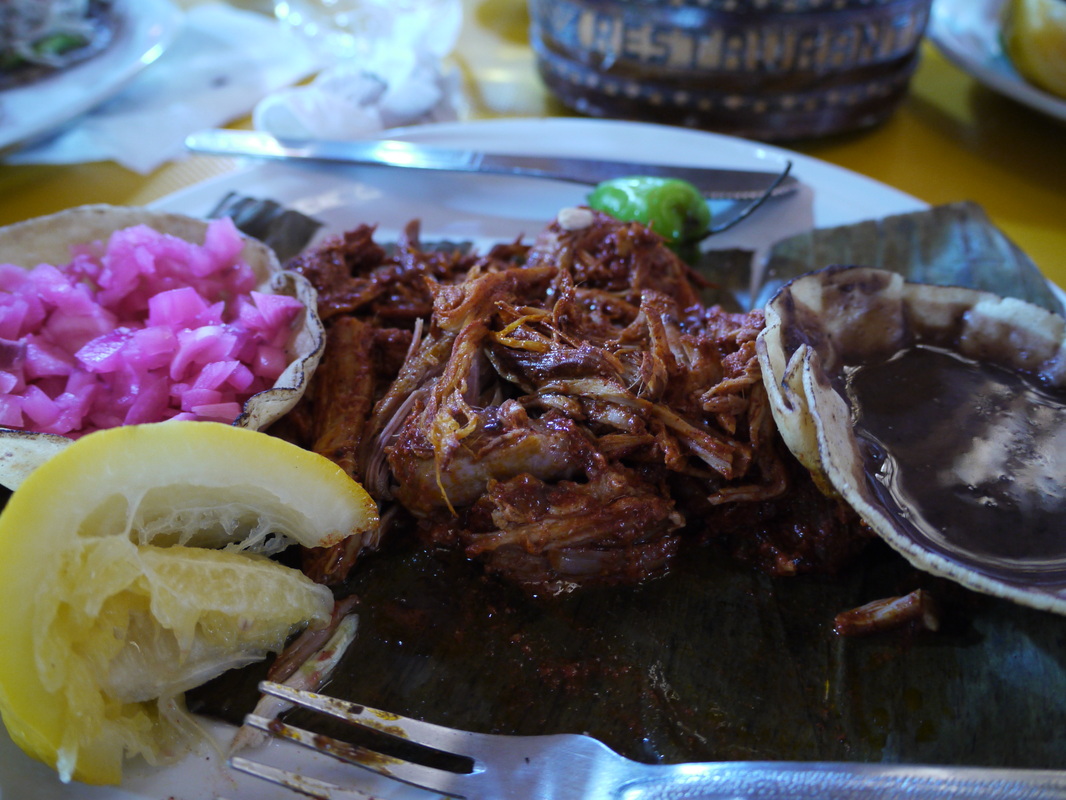
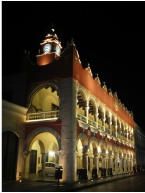
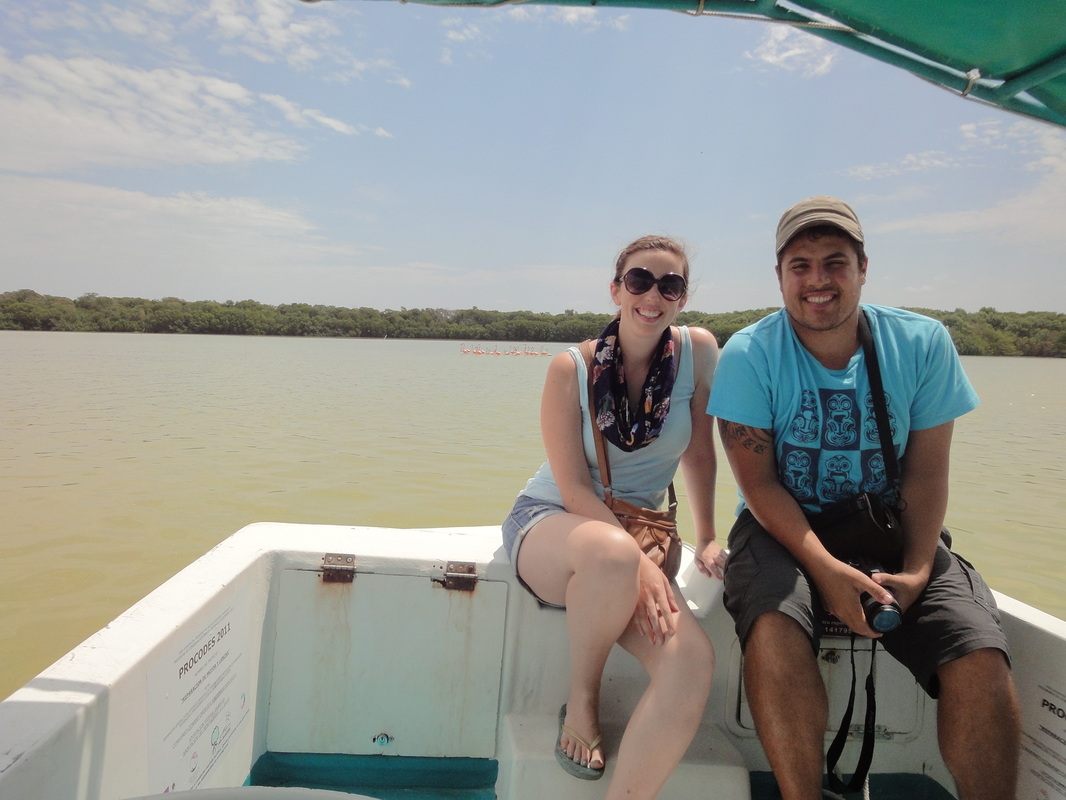
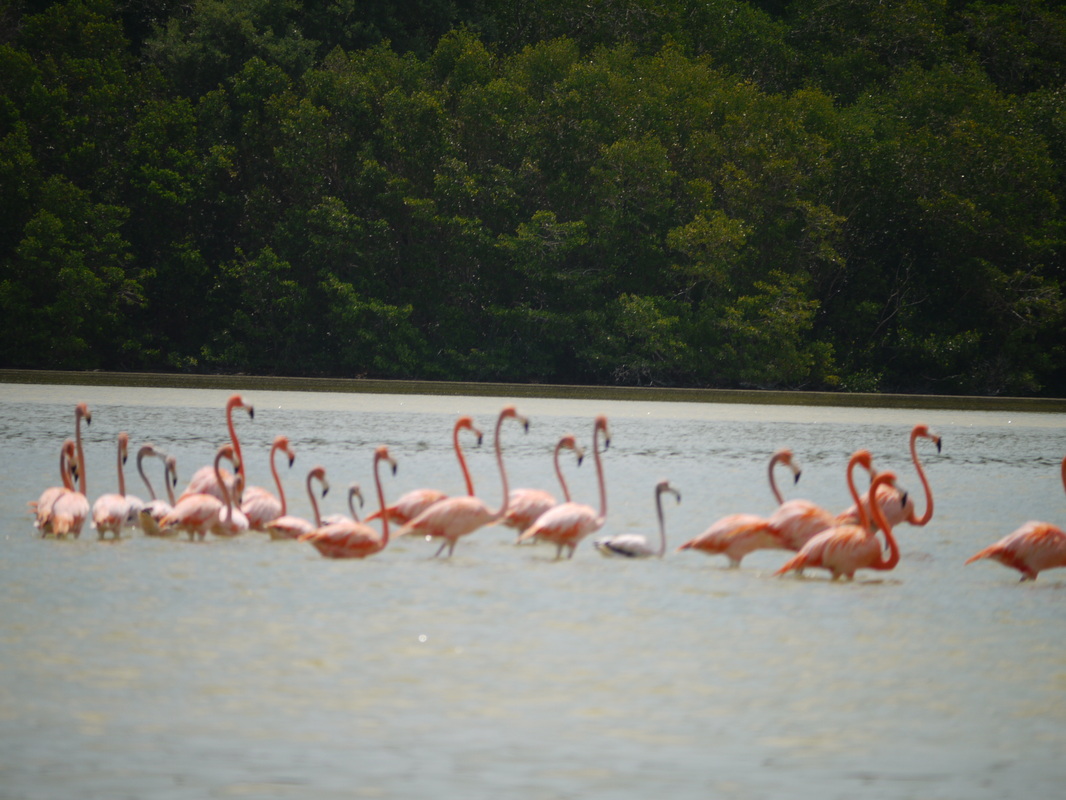
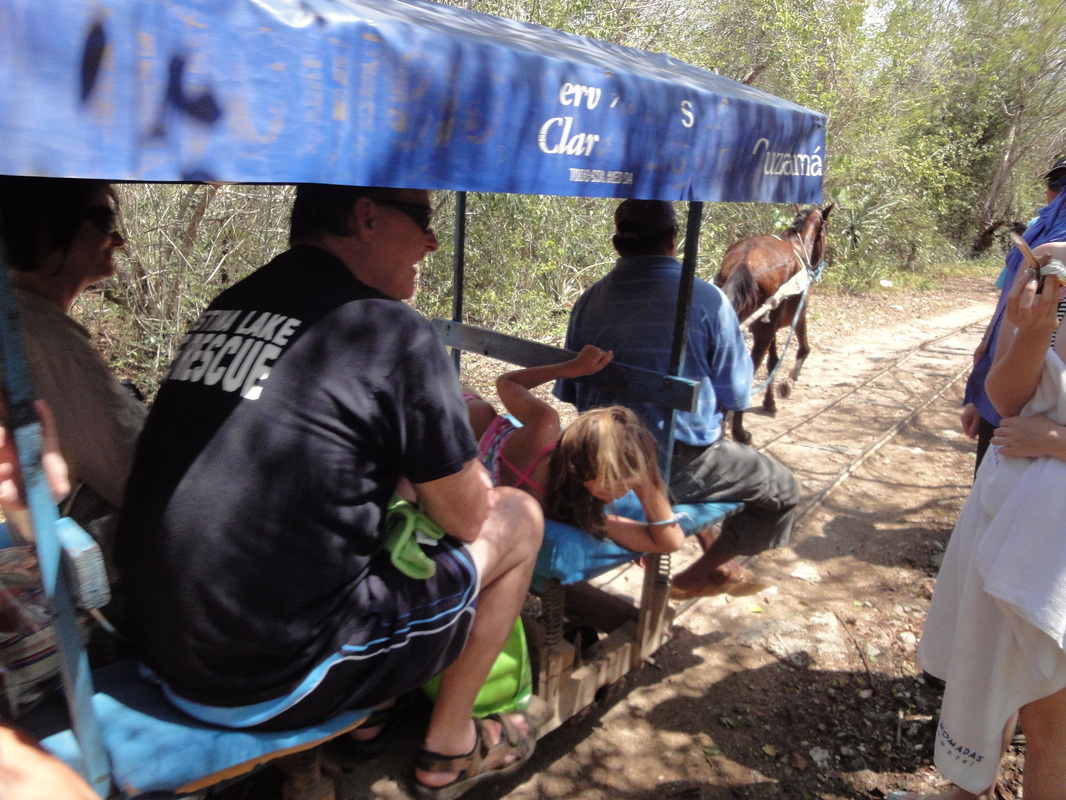
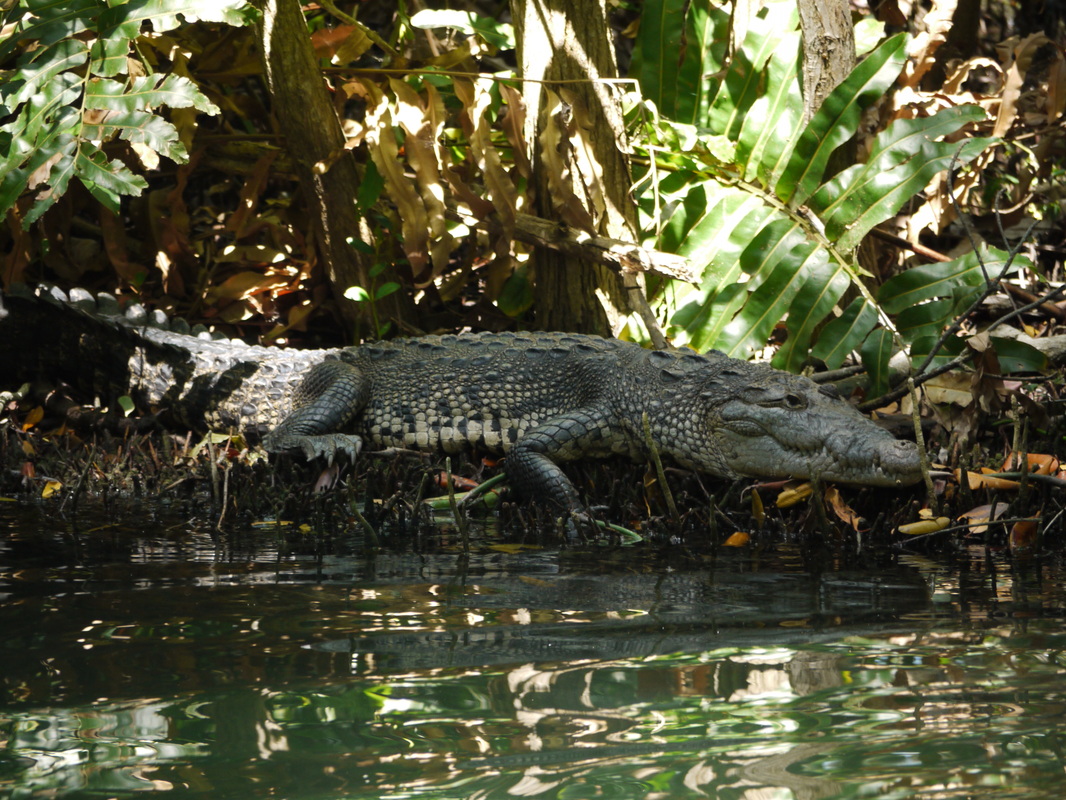
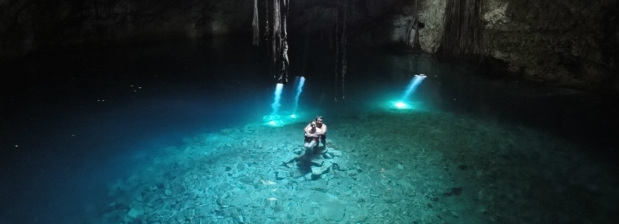
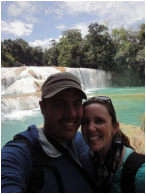
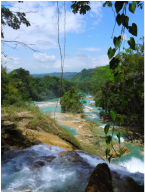
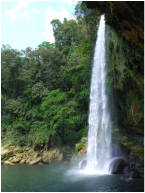
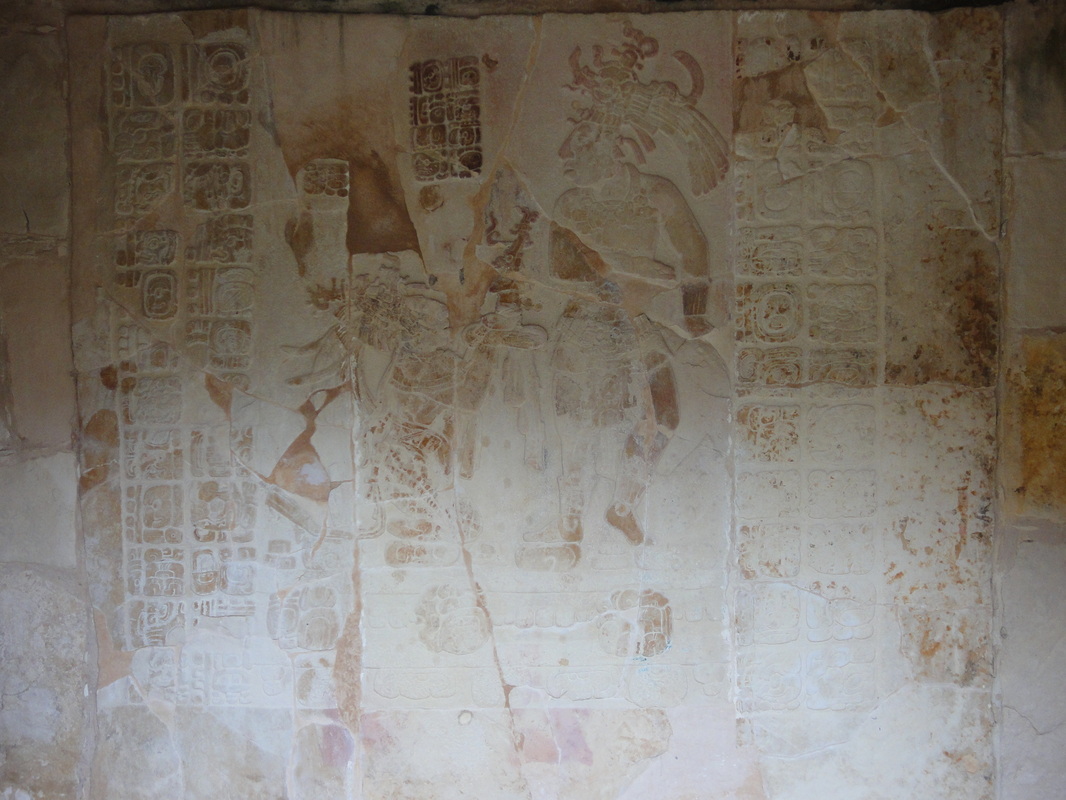
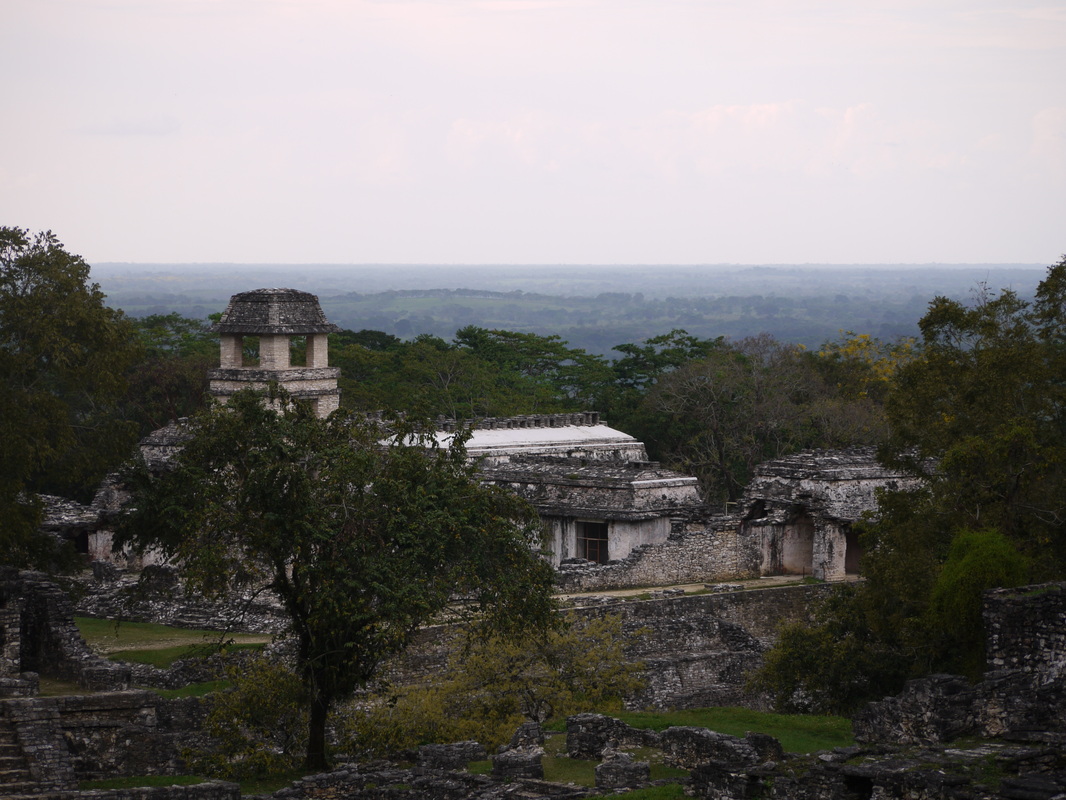
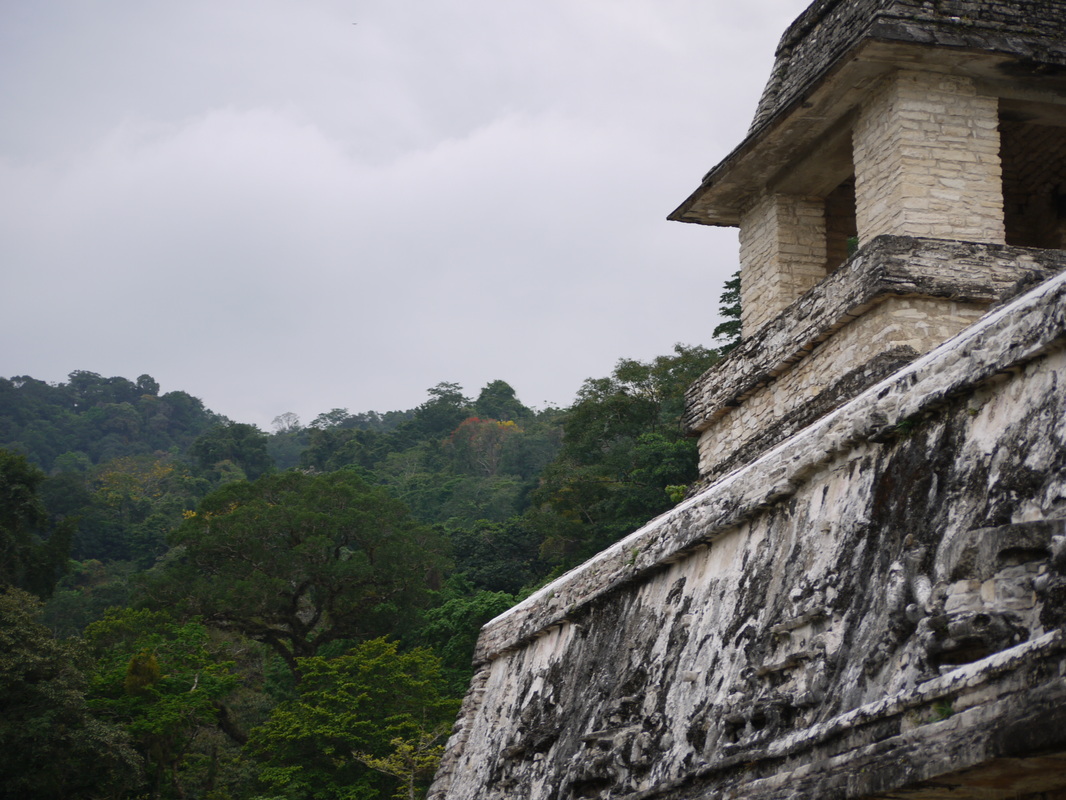

 RSS Feed
RSS Feed